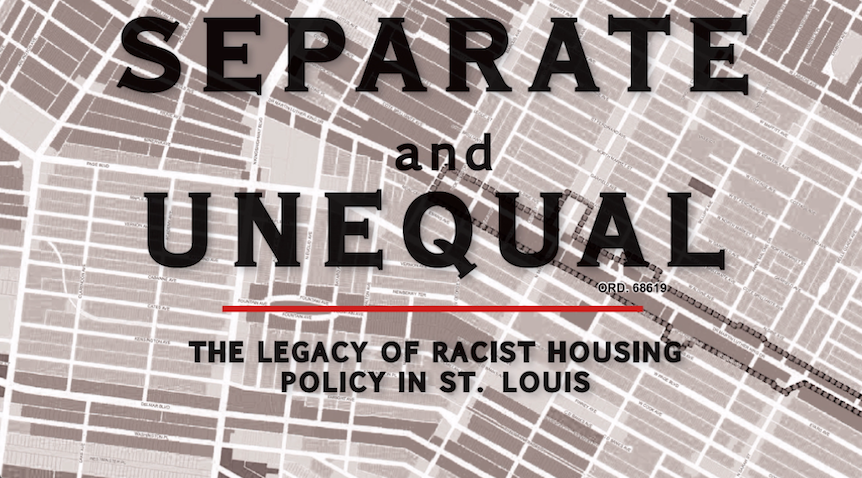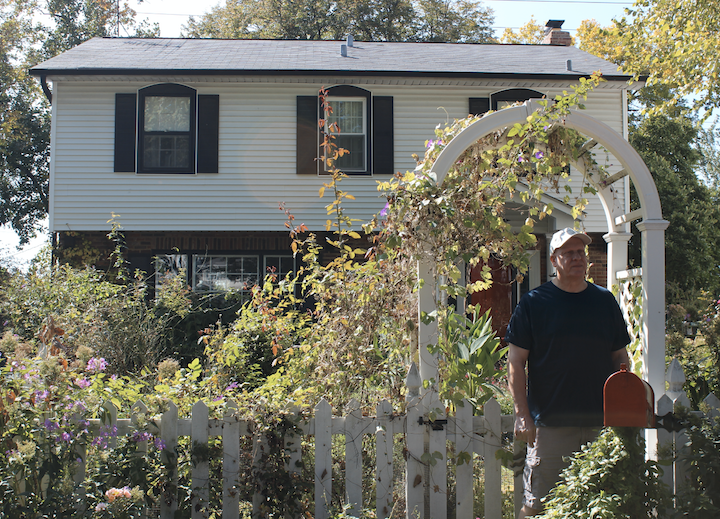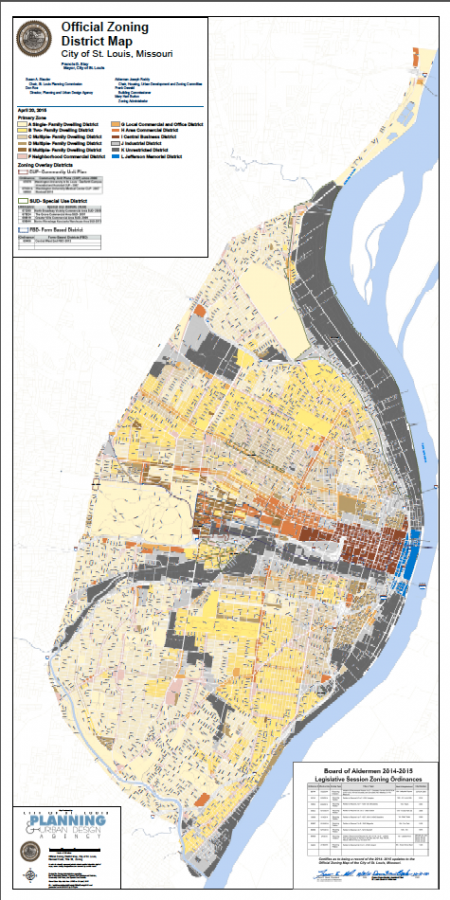“A line was drawn in 1876 around [St. Louis City] when the city separated from the county and cannot annex anything. Boston is like that, San Francisco is like that. It is very small in its geographic area and it cannot expand. That left way for new suburbs away from the city like University City and Webster Groves,” Howard A. Stamper Professor of Law at Washington University in St. Louis Daniel Mandelker said. “Beyond that, you had cities developing as bedroom suburbs. Like Chesterfield, like Wildwood. That’s why that happened. But it happened here more readily because the inner city could not expand. It happened particularly here because the city was choked by this permanent line. This permanent 1876 boundary line choked the city. When they drew this line they thought they had enough room for 100 years. By 1904, because of the streetcar and then the highways, they had reached their limits.”
Because the 1876 boundary line was unable to be pushed, people looked beyond the city limits and to surrounding areas for expansion.
“The city of St. Louis ends at Skinker Boulevard and the river, so it’s crescent-shaped, and existed from the 1870s on and as it grew, private developers would go and build attractive houses beyond the city’s edge just on land that they bought,” Gordon said. “And then over time, the residents there would say, ‘Well we want to have a better tax base, we want a better school system, a local fire department, we want the kinds of things that a municipality has.’”
With these desires, new municipalities were being popularized in St. Louis county. In fact, the 2010 census indicates that there are 90 municipalities in St. Louis county.
According to Gordon, “Missouri has very peculiar rules that made it very easy to create a new town. As the metropolitan area did grow in the middle years of the 20th century, you have this frantic pattern of people building a development in the cornfields and then some time later, five, 10 years later, coming to the state and saying ‘we want to make a town’ and the state would say ‘fine, just tell me where the borders are. The rules weren’t any stricter than that so then everyone had the incentive to make their own little enclaves. And they could try to make it work exactly the way they wanted to, but over time, it makes no sense for the region because you end up having all of these little towns basically competing with each other to get people to live there, to get good schools, to get tax base to get the next Target or Walmart to locate there.”
A direct consequence of the ease of expansion and urban sprawl in the St. Louis area was political fragmentation.
“So you have the fragmentation and the development of all these little settings because Missouri law makes it possible and in part you get it because at the time, people had reasons, people had motives for making rules on a very local basis largely because they wanted to segregate the population by controlling land use,” Gordon said.
These ‘motives’ were driven by the desire of the municipality to cordon themselves off to increase the average socioeconomic level and thereby improve the funding of their school districts and keep their property values high.
“No one really saw it as a problem in the 1940s and 50s,” Gordon said. “The city would keep sprawling west and no one was anticipating the environmental costs of that and no one was really paying much attention to the fact that this was really coming at the expense of the central city. And people were moving out of the city permanently and its population was declining.”
These trends of the displacement out of the central city into the surrounding county are still evident in St. Louis.
The city’s population in 2013 was 318,416, and the county’s, roughly one million.
“It’s segregated, and it’s sprawled. We have more than most because there’s nothing to stop us [from spreading west]. We have nine times the land we need for the population,” Gordon said. “In terms of the different types of housing, we have a pretty well identified western suburbs with growing densities, we have a group of older suburbs like Webster Groves and Kirkwood, and then we have the city itself, which is in decline.”
However the sprawl has had serious repercussions on St. Louis’ balance of governmental powers.
“In the last 50 years, the lack of regional government structures, there’s almost no regional government, there’s not really any cooperation or collaboration across these district boundaries, so solutions are very competitive and the landscape is very competitive, population tax dollars employment. The city is really not the priority of the region, everybody’s kind of looking out for themselves and that just perpetuates more and more investment outside of the center of the region and continues this low-density sprawl geography,” Allen said.
The ease at which expansion occurred and new municipalities were formed in St. Louis is still noticeable today.
When former CHS history teacher Donna Rogers-Beard moved to St. Louis from Chicago in 1969, the most distinctive feature of St. Louis she noticed was the plethora of municipalities, each with their own tax-funded amenities.
“All these small towns. I’d never seen anything like it in my life. Where am I? How did I get from Charlac to Jennings to whatever to whatever. What is this? A town of 50 people. A town of 300, and all of these different police cars. It was just mind-boggling. I immediately thought ‘what a waste of money and duplication of services,’” Rogers-Beard said.
Odis Johnson, a professor of education and sociology at Washington University in St. Louis, argues that the alleviation of these structural issues requires a cohesive effort on behalf of all its stakeholders.
“There needs to be some kind of effort where all these city, municipality, and township leaders get together and plan to join,” Johnson said. That’s the only way we’re going to get out of this situation where you have all these people in Florissant being cited so many times by their police in order to pay a bill, to pay the court system. There has to be some recognition of that, and that needs to be a priority.”





